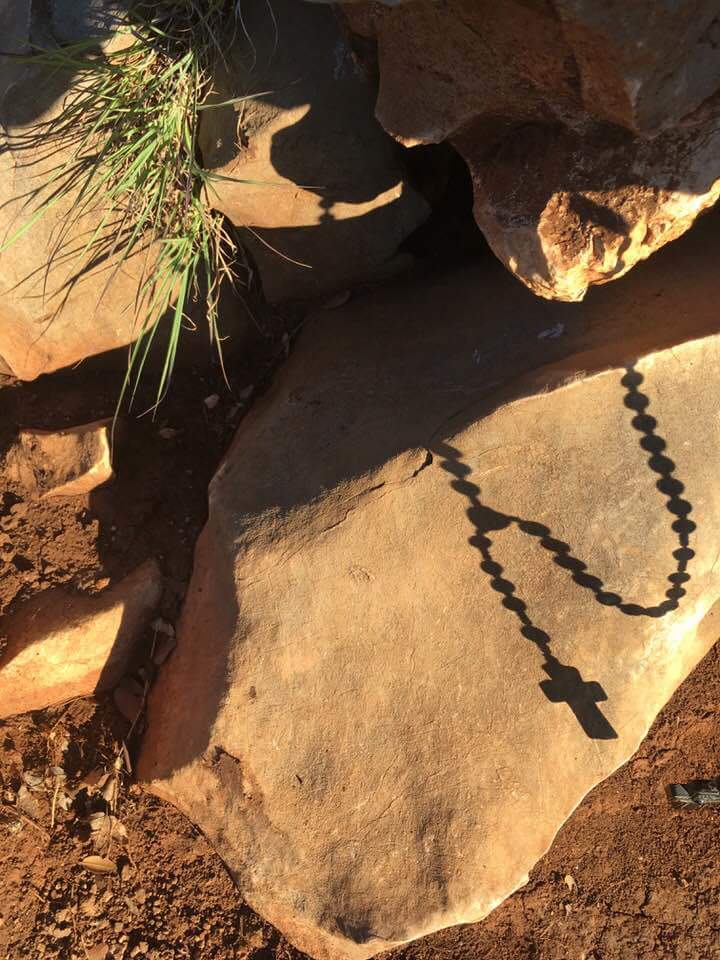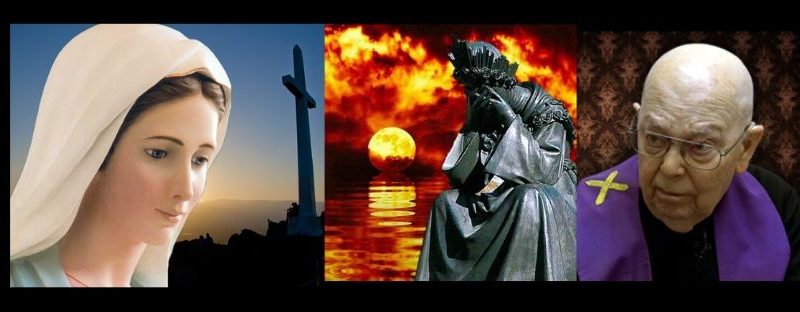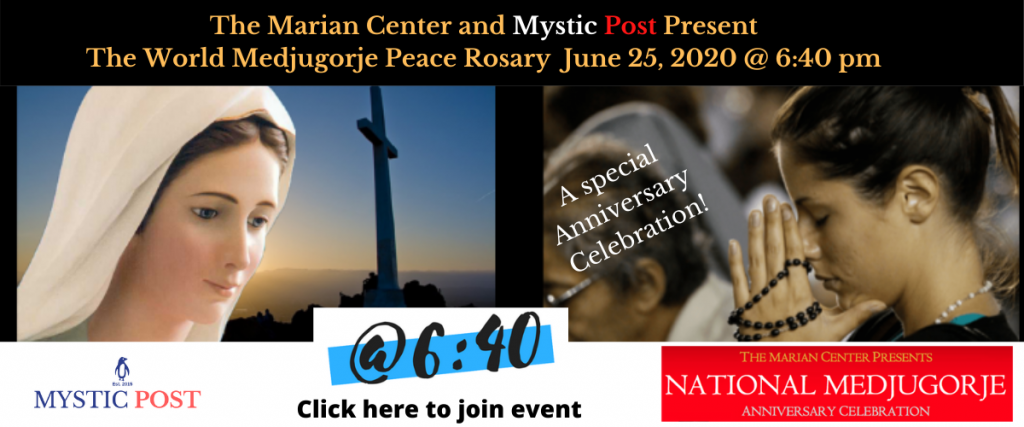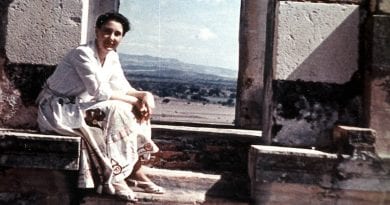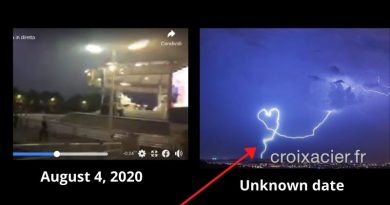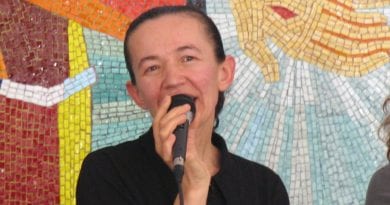Pandemic and the super virus – Satan rages across the globe “Satan is strong and wants to destroy not only human life but also nature and the planet on which you live.” The Blessed Mother at Medjugorje has warned humanity.
Roberto Lauri
“Satan is strong and wants to destroy not only human life but also nature and the planet on which you live. “if you want, grab the rosary; already only the rosary can make miracles in the world and in your life “.
In the message Our Lady in Medjugorje, invited the world to prayer, especially to the prayer of the Rosary:
“Dear children! Today, as never before, I call you to prayer.May your prayer be a prayer for peace.
Satan is strong and wants to destroy not only human life but also the nature and planet on which you live.
Therefore, dear children, pray to be protected through prayer with the blessing of God’s peace.
God has sent me among you to help you.
If you want, grab the Rosary; already only the Rosary can do miracles in the world and in your life.
I bless you and stay with you until God wants it.
Thank you because you will not betray my presence here.
Thank you because your answer serves good and peace.
Thank you for answering my call! “
(CNN)With US coronavirus cases topping 220 across 19 states and the death toll climbing to more than a dozen, state governments have asked thousands of residents to seclude themselves from the rest of the community to help contain the virus.
In New York alone, more than 2,500 people were instructed to self-quarantine as health officials scour for anyone who may have been exposed to the state’s first coronavirus cases. At least 22 have tested positive and are in isolation.
In California, health officials said Thursday more than 9,700 returning travelers were told to stay at home and monitor their health. Gov. Gavin Newsom declared a state of emergency earlier this week after California saw its first virus-related death.
As numbers climb, states are grappling to keep an eye on the thousands of residents shuttered in their homes who may have come in contact with someone infected in efforts to stop the spread of the illness.
The Rosary has a long tradition in the Church
The Rosary has a long tradition in the Church. The structure of the prayer of the Rosary, as we know it today, begins with the publication (between 1410 and 1439) of the pamphlet:“Rosary of our dear Madonna and how it began” . The author, Domenico Hèlion of Prussia, a Carthusian monk from Cologne, proposed to unite the fifty Hail Marys with the meditation of the Gospel mysteries, recalling them at the end of the first part of each Hail Mary, with a brief reference phrase (the so-called “clauses” ). Because of this “discovery” that was based on the analogous practice of the “Psalter of our Lord Jesus Christ” with the 150 declarations of faith on Jesus, the Carthusian monk can be recognized as the “father” of the Rosary. A very wise “father” who knew how to write in his pamphlet the advice that seems to be given  by a pastor of today, for example: “We should not worry so much about the words used here and there, in the statement of meditation points. Each one can, according to his abilities and according to the devotion he feels, prolong, shorten or even modify matter: both in one way and another. This depends on the time available and the conditions in which it is located. One could hardly do something better during the “little hour” consecrated to this Rosary “.
by a pastor of today, for example: “We should not worry so much about the words used here and there, in the statement of meditation points. Each one can, according to his abilities and according to the devotion he feels, prolong, shorten or even modify matter: both in one way and another. This depends on the time available and the conditions in which it is located. One could hardly do something better during the “little hour” consecrated to this Rosary “.
